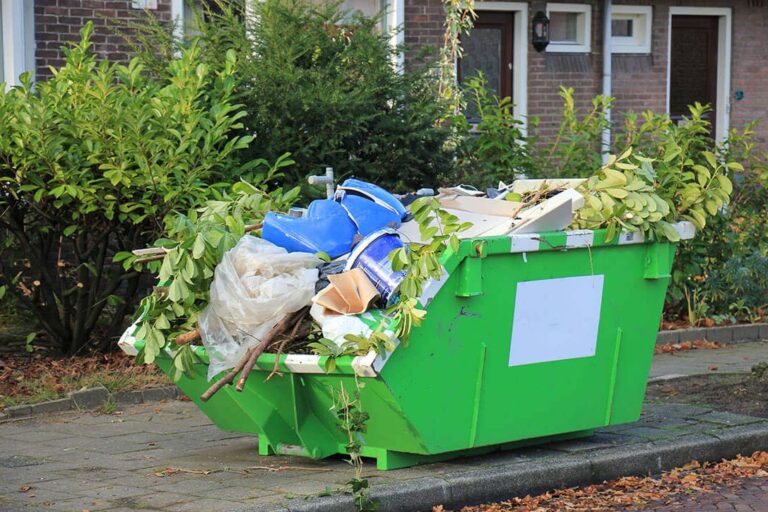Patton Security Solutions Commercial & Home Security Systems in Australia
we deliver cutting-edge security systems tailored to your needs. From CCTV surveillance to back-to-base alarms, our Australian-made solutions keep your property safe 24/7.

About Us
At Patton Security Solutions, we believe safety shouldn’t be complicated. For years, we’ve been designing, installing, and monitoring custom security systems for homes and businesses across Australia – because peace of mind is priceless.
Our Services
1. Commercial Security Systems
Protect your business with enterprise-grade technology:
- Access Control Systems – Keycards, biometric scanners & mobile entry
- HD CCTV Surveillance – 4K cameras with AI analytics & remote monitoring
- Intrusion Detection – Motion sensors, glass-break detectors & panic buttons
- 24/7 Back-to-Base Monitoring – Instant response to breaches
- Fire & Emergency Systems – AS-compliant alarms & exits
3. CCTV Camera Installation
Crystal-clear surveillance tailored to your property:
- 4K Ultra HD Resolution – Identify faces & license plates
- AI Features – Person/vehicle detection, line-crossing alerts
- Remote Viewing – Check live feeds from any device
- Vandal-Proof Housings – Tamper-resistant & weather-rated
2. Residential Security Systems
Sydney’s top-rated home protection:
- Smart Alarm Systems – Back-to-base or self-monitored options
- Outdoor CCTV Cameras – Weatherproof, night vision & two-way audio
- Perimeter Sensors – Detect intruders before they enter
- Smart Home Integration – Control via Alexa, Google Home & apps
4. Back-to-Base Alarm Monitoring
Instant response when alarms trigger:
- 24/7 Monitoring Centre – NSW Security Licence #12345
- Police/Fire Dispatch – Under 60-second response
- Real-Time Alerts – Notifications to your phone
Why Choose Patton Security?
- Australian-Owned & Operated
- Free On-Site Security Assessment
- NDIS & Government-Compliant
- 5-Star Rated Installations
- Lifetime Technical Support

What Our Clients Say About Us
“Patton installed CCTV and access control in our Sydney warehouse after a break-in. Not a single incident in 18 months – and their monitoring team caught a trespasser before he even reached the gates!”

Mark T.
“The back-to-base alarm system saved our clinic when a pipe burst overnight. Their team dispatched a plumber before we even got the alert!”

Mary Boyles
“After 3 quotes, Patton offered the best tech for our budget. The cameras caught a package thief red-handed – police used the footage to make an arrest.”

Priya K.
Post
Popular Questions
What areas in Australia do you service?
We install security systems across Sydney, Melbourne, Brisbane, and Perth, with remote monitoring Australia-wide.
How long does installation take?
Most residential systems (CCTV/alarms) take 2-4 hours; commercial projects vary by size (we provide timelines after assessment).
Can I view my CCTV footage remotely?
Absolutely! Our systems include mobile apps for live viewing and playback from anywhere.
Do your cameras work at night?
Yes – all our CCTV cameras feature infrared night vision (up to 30m) or ColorVu technology for 24/7 color footage.
How long do cameras and alarms last?
Our equipment has a 5-year warranty, with an average lifespan of 8-10 years with proper maintenance.




